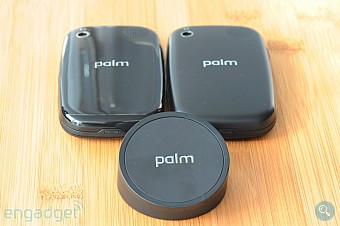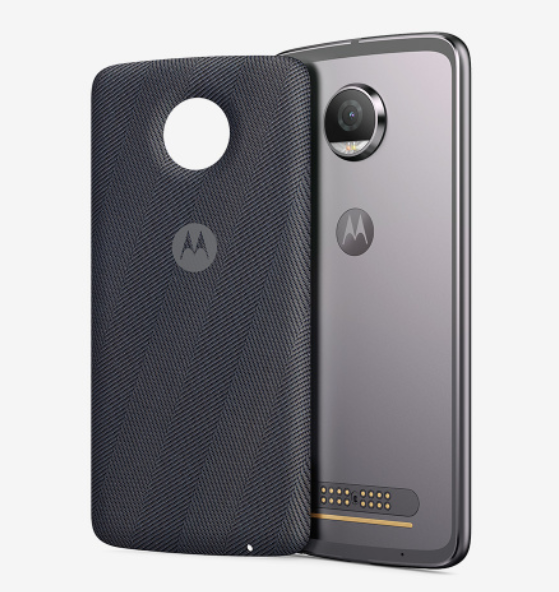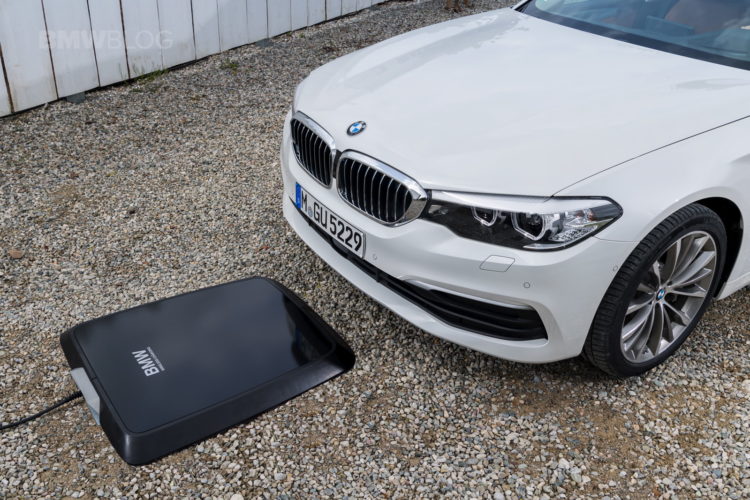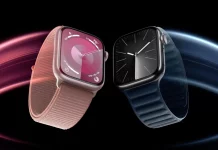This week on Gizmochina Explains, we are taking a look at Wireless Charging – a technology that has existed for over a century but is still far from its peak.

What is Wireless Charging?
Wireless charging, also known as induction charging is a form of energy transfer that makes use of electromagnetic fields generated by coils to transfer power from one point to the other. To achieve this energy transfer, the coil in the “generator” and “receiver” have to resonate at the same frequency.
Wireless charging was first demonstrated by Nikola Tesla in 1899, who foresaw a future where power would be transmitted around the planet without the need for cables. While the world has been built on the transmission of energy via wires, Tesla’s dream of a wireless future is slowly becoming a reality.
Benefits of Wireless charging
- Ability to power devices that need to remain sealed or sterile such as medical implants.
- Reduced risk of electrical damage such as short-circuiting, and reduced risk of electrical accidents caused by sparks.
- Increase in the durability of devices – since there is no need for plugging and unplugging of cables, there is no case of damaged cables or ports. This also translates to a reduction in maintenance cost as mechanical connectors do not need to be repaired or replaced.
- Increase in automation as charging can be programmed.
Disadvantages of Wireless Charging
- Slow charging – wireless charging is still not as fast as wired charging, so devices take longer to charge.
- It is more expensive.
- Limited range – wireless charging operates within a very limited range compared to wired charging.
- Still requires wires – Wireless charging still requires cords for the transmitter or charging pad.
- Multiple Wireless Charging Standards – there are two main wireless charging standards (Qi and AirFuel Alliance), some devices support one and others support the other but there are also some that support both.
Wireless Charging Applications
Wireless charging has seen use in two main industries – transportation and mobile communications industry. However, we are also seeing a growing application in the healthcare industry.
Wireless Charging in The Mobile Industry
This year, Apple released the iPhone X, its first phone to support wireless charging. Apple is a little late to the party as manufacturers such as Microsoft (Lumia), Google (Nexus), and Samsung have all released phones with support for wireless charging as far back as 2012 and 2013. However, even the aforementioned manufacturers are not the pioneers of the technology in the world of mobile phones.

Back in 2009, the Palm Pre was the first smartphone to support wireless charging. To make use of the feature, you had to buy a $70 accessory combo that included a charging station called the “Touchstone” and a new rear cover for the phone different from the one that shipped with it originally. The new rear cover contained an induction coil that received power from the electromagnetic field generated by the induction coil in the Touchstone. Simply replacing the covers and placing the phone on the Touchstone allowed the phone to charge wirelessly, saving you the stress of fiddling with cables.

This method of adding wireless charging support to a phone by purchasing an additional accessory is one that is still in use till this day. Motorola’s Moto Style Shells released this year for the Moto Z series gives your phone not only a new look but also adds wireless charging support.

Wireless Charging in Transportation
Another industry that makes use of wireless charging is the automobile industry. With the rise of electric vehicles, it is no surprise that wireless charging has seen adoption by car manufacturers.
BMW is one of the first manufacturers to bring wireless charging to cars. Back in September, the car manufacturer unveiled a charging pad for the BMW 530e. The pad which is several times larger than that of a phone connects to a 220V outlet. Sensors in the car guide you as to how to position your car over the pad. Once in the correct position, turn off the ignition and the car begins to charge automatically.
According to BMW, the pad charges the car’s 9.4kWh battery in 3.5 hrs, close to the speed you get when charging the car with a cord.
You don’t have to own a BMW to enjoy wireless charging. Plugless is a company that offers wireless charging to electric vehicles not built with the feature from the onset. Just the way you buy accessories that add wireless charging to your phone, Plugless lets you add wireless charging support to your electric car. The hardware is split into two – one is installed to your car and the other is installed at your home. Installation of both takes a few hours and your car is ready to charge wirelessly. Supported vehicles at the moment include the Tesla Model S, BMW i3, Chevy Bolt, and Nissan Leaf.
Nissan has a more interesting approach to wireless charging. It released a video detailing what fuel stations of the future will look like. Rather than have a single charging pad for your car, Nissan believes in having smart streets with charging pads built underneath. Since cars will also be self-driving, your vehicle will simply drive onto the street and charge. When done, it can drive away from the spot allowing another car to charge.
For this to work, cars will need to communicate with each other using super fast and low power communication network. This is where 5G comes in. 5G Sensors built into cars will allow for communication between each other and even other devices. Your car will be able to receive and send information such as battery level, charging time left, and charging speeds from/to other cars.
Nissan’s vision doesn’t end there. Once your car is full, it can in turn power your home, sending charge from the phone to the house via an off-grid system. Nissan even believes this can be done on a bigger scale. Public buildings such as schools and hospitals can draw energy from several cars in the parking lot leading to an endless sharing of clean energy between buildings, streets, and cars.
Wireless Charging in Healthcare
Wireless charging in healthcare is not as popular as in transportation and mobile technology but it is the sector where its impact is likely to be the biggest. Health centers, in general, strive to maintain a germ-free environment and the best way to achieve this is through less contact. The lesser the things you come in contact with, the lesser the spread of germs.
You will agree with me that charging cables are one of the dirtiest things around the home. Picked up with dirty hands or dropped on the floor, it is easy for germs from the wires to spread to healthcare devices that have to be implanted or worn on the body.
Some of the medical devices that now support wireless charging are implantable blood glucose monitors and hearing aids.
More development is going on to create more implants that can be charged wirelessly so that there will be no need for implants with batteries which need to be replaced after a certain duration.
Conclusion
Wireless charging still has a long way to go especially when it comes to its limited range. There are manufacturers that are working on extending the range like the startup called Pi which demonstrated a wireless charging solution that uses resonant induction like Qi’s technology but modifies it with a beamforming algorithm that allows the magnetic field to be shaped and directed around the transmitter. This makes it possible for devices to be charged simply by placing them next to the transmitter instead of on top of it. However, this only increases the range by a few centimeters.
READ MORE: GizmoChina Explains: How Does Facial Recognition Work?
For the case of multiple charging standards, we have seen manufacturers release devices that support more than one charging standard. There is also a chance that the two main standards may merge in the future.
The charging speed has also increased compared to when it first launched, and work on making it as fast as wired charging is on-going.







